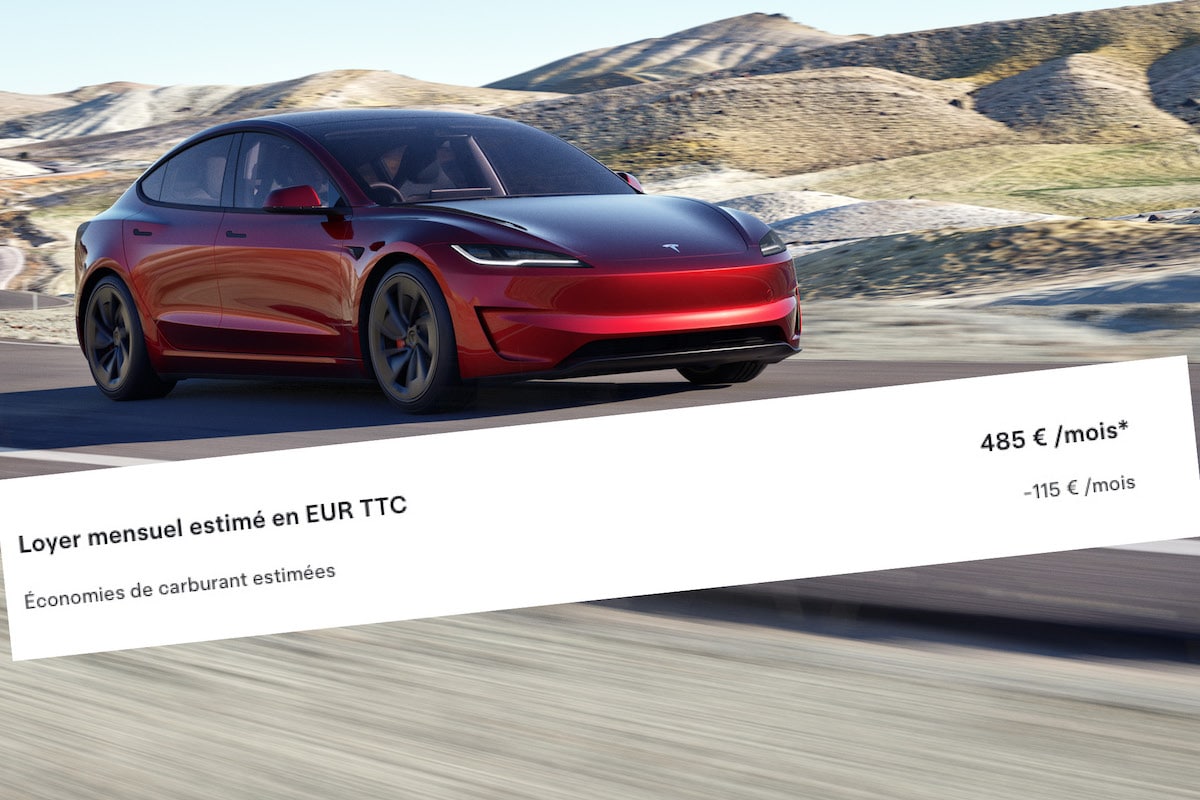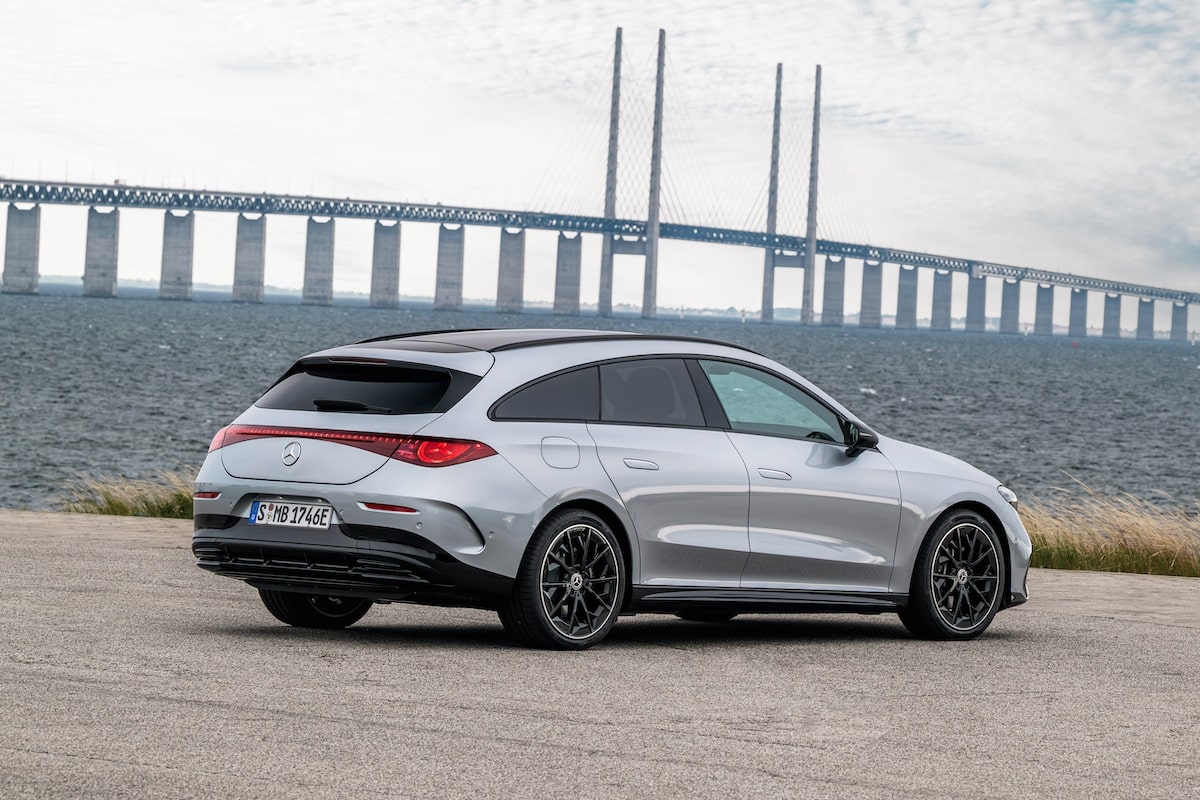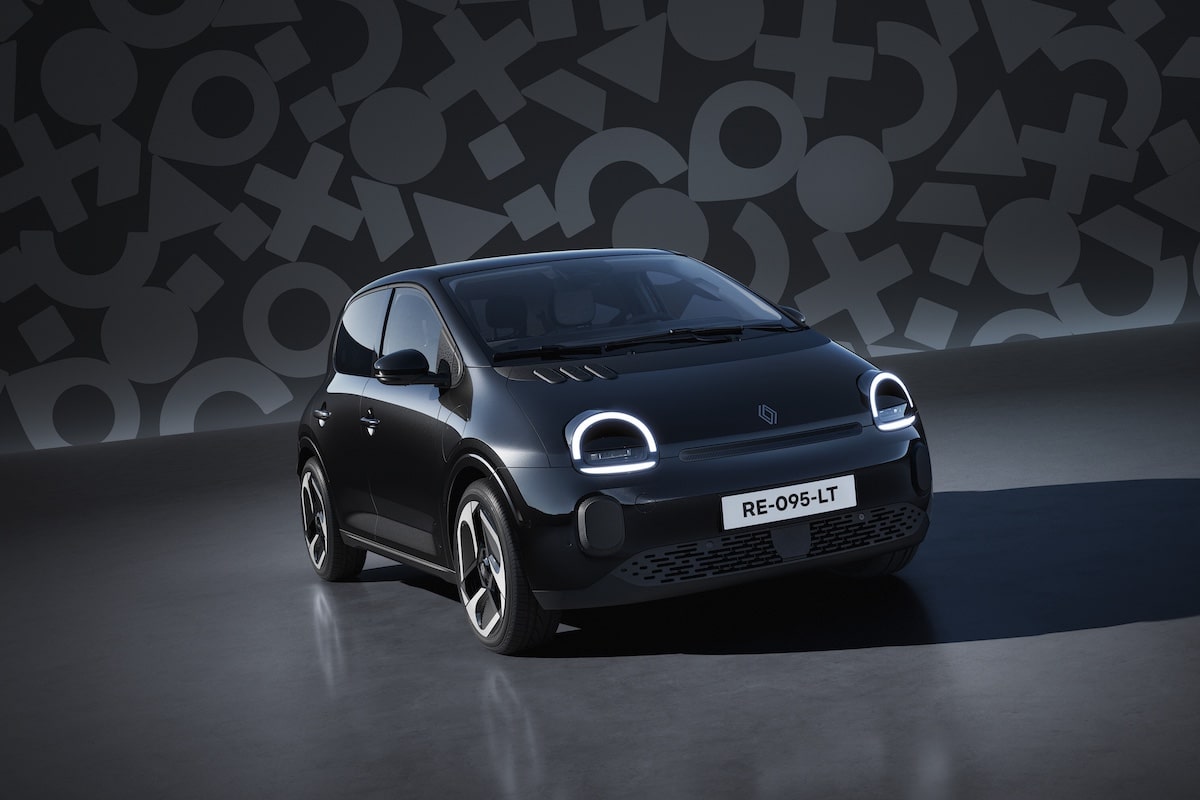Tesla and the Mystical Art of Fuel Economies

Tesla exploits the fuel savings argument to advocate for a shift to electric… but never mentions electricity.
In the vast universe of marketing arguments, one stands out particularly for Tesla: the fuel savings. Yes, dear drivers, abandon your old gasoline sedan, a relic of the past, for the promise of a better life, a life where you will never again have to feel the anxiety of the gas station. But wait… there’s a small detail that Tesla seems to forget to mention: electricity.
One cannot help but admire the subtlety with which Tesla teases us with a bright future, all while never bringing up that mysterious energy that indeed powers their cars. Because why bother with technical details when you can simply say you’ll save tons of fuel? Electricity, ladies and gentlemen, is like Santa’s elves: everyone knows they exist, but no one really knows how they work.
Imagine, you are a future Tesla owner, standing in your driveway, with a spark of pride in your eyes, thinking of all the gas stations you will never visit again. That feeling of triumph is exactly what Tesla wants you to feel. Because after all, if we don’t talk about something, does it really exist? That’s the genius of it: electricity is like Voldemort, we don’t speak of it.
And, let’s be honest, who needs to understand trivial things like the electricity rates during peak and off-peak hours, the extra subscriptions for fast charging, or the mysteries of energy consumption in winter? Just knowing that you’re not burning fossil fuel is enough to lull your ecological conscience into dreams of green pastures.

What is the real cost?
Let’s take a concrete example: if you take a Lease (LOA) or Long Term Lease (LLD) of 48 months and 40,000 kilometers on a Tesla Model Y Propulsion, Tesla estimates the fuel savings at 92 €/month. Calculating, we come to about 833 km monthly and 55 litres of fuel for diesel at 1.7 euros per litre. To cover that distance, a thermal SUV would need to consume 6.6 litres per 100 km. That’s 660 litres for 10,000 kilometers or 1104 euros according to Tesla.
Now, let’s move to the electric hypothesis. You still drive your allowed 10,000 km per year, with an average consumption of 16 kWh per 100 km and an average electricity cost in France of about 0.23 € per kWh (home starting at 0.14 € + Superchargers at about 0.30 €). This means a consumption of 1600 kWh x 0.23 = 368 euros. But shh! Tesla prefers to tell you that you will never pay for fuel again. In the end, the average savings will be 736 euros per year, or 61 euros. A third less than the advertised promise. And we spare you the additional cost related to the presumably more expensive electricity subscription, but we won’t get into those intricate calculations.
Sure, it’s still a gain, and it’s not negligible in the always tight balance of a family budget, but Tesla sells us a utopia: a world where you will drive for free thanks to an invisible, clean, and infinite energy.
But that’s just a detail.
PS: Tesla would benefit from being more precise in its estimates because, in fact, the potential savings on Performance versions, versus a thermal equivalent, would be much higher. But everyone has their job…
READ ALSO: The Tesla Model 3 introduces fabric seats in Mexico
This page is translated from the original post "Tesla et l’art mystique des économies de carburant" in French.
We also suggestthese articles:
Also read






